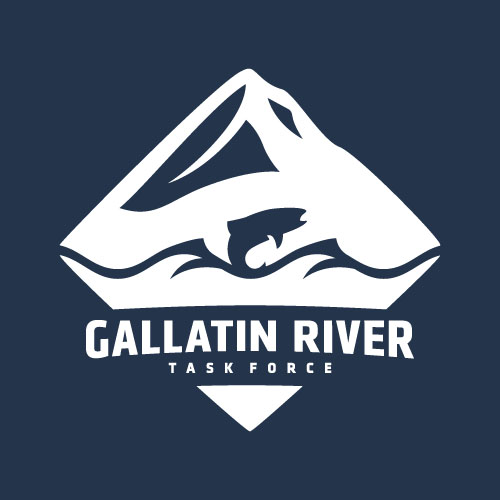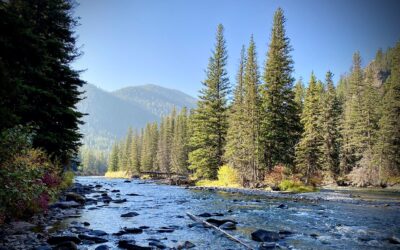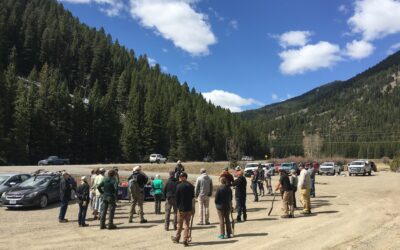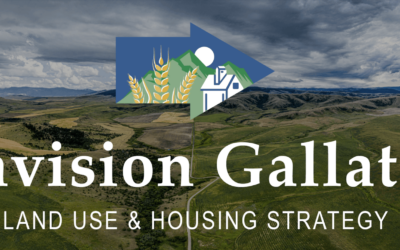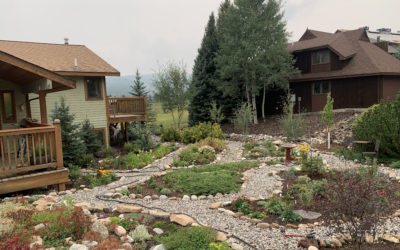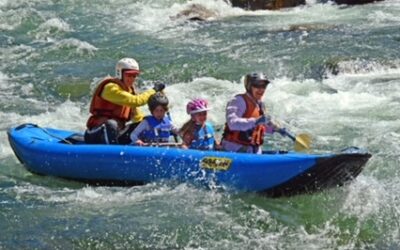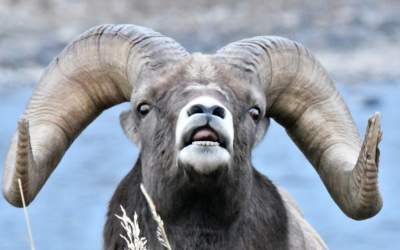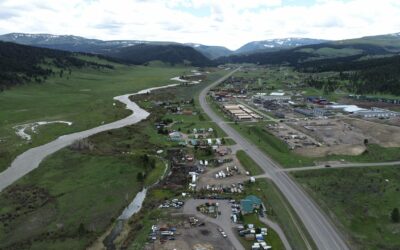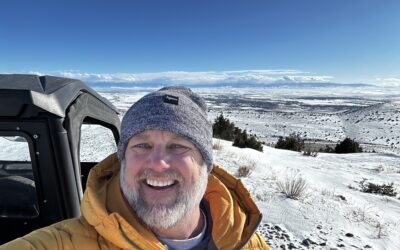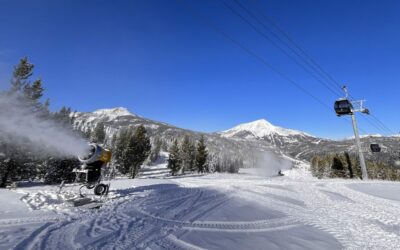The Voice of the River
7 Easy Ways to Conserve Water in 2023
In collaboration wateruseitwisely.com we have put together 7 Easy Ways to Conserve Water in 2023 Conserving water is vital to the health of the Gallatin River. Big Sky is drought-prone, receiving less than 20 inches of precipitation each year. Keeping water in the...
Thank You to Our Upper Deer Creek Restoration Project Volunteers!
This Earth Day, the Gallatin River Task Force is celebrating the incredible success of the Upper Deer Creek restoration project, and a huge part of that success goes to our amazing volunteers! Healthy Rivers, Healthy Planet Clean water is essential for life on earth,...
Envision Gallatin FLUM Comment Guide
Gallatin County is entering the second phase of Envision Gallatin with the objective of creating a Future Land Use Map (FLUM) and Housing Strategy (HS). The FLUM will help inform future zoning regulations, guide development for the county, and ultimately help protect...
Water Wise Landscapes in Big Sky Montana
Water Wise Landscapes in Big Sky - Is your Landscape Water-Wise? Did you know that landscape irrigation use spikes by a whopping 160% during summer months? That's a lot of water, and a significant portion is lost to evaporation, especially when watering during the...
Gallatin River Task Force Member Spotlight: Bonnie Wolff
In an effort to give more recognition to the people who step up to become members of the Task Force we are introducing our Gallatin River Task Force Member Spotlight. Today, we wanted to highlight Bonnie Wolff. Bonnie discovered her love of the Gallatin River over 20...
Wildlife in the Watershed: Bighorn Sheep
Wildlife in the Watershed: Bighorn Sheep The symphony of nature, every animal holds a crucial role in the delicate fabric of our ecosystems. We turn our gaze towards the Gallatin River and the magnificent bighorn sheep that rely on its waters. As advocates for water...
Septic systems, river health, and groundwater
Originally posted on Explore Big Sky.Maybe you’ve been there: you’re on a nice neighborhood walk with a friend and out of nowhere you’re hit with a smell that, well… isn’t quite right. Or, suddenly you notice an area of your property that is just a little softer than...
Gallatin River Task Force Member Spotlight: Kevin Cloyd
In an effort to give more recognition to the people who step up to become members of the Task Force we are introducing our Membership Spotlight. Today, we wanted to highlight one of our newest members, Kevin Cloyd. Kevin was first introduced to the Gallatin River...
Reclaimed Water Makes Its Debut in Early Season Snowmaking
The newest use of reclaimed water is currently making its debut at Big Sky’s Yellowstone Club, where the inaugural season of snowmaking from reclaimed water is finally a go after nearly two decades of planning and pilot projects.
